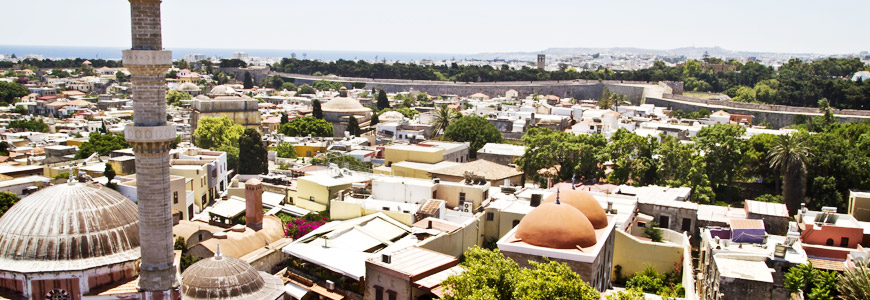Area Attractions
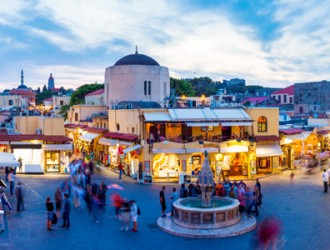
Rhodes Town
Rhodes town, established 450 B.C. it was the result of the unification of the three major cities that preceded it; Lindos, Ialyssos and Kamiros. It flourished and it came to its acme during the last 4 centuries BC. This was the time that Rhodes gave us the Colossus of Rhodes, one of the Seven Wonders of the World!
The origin of Rhodes is connected with a beautiful myth which…
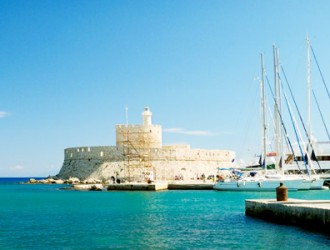
Mandraki Harbor
Mandraki harbor was the military port of ancient Rhodes, and its mouth could be shut off by chains. Now the mouth is adorned by statues of a male and female deer (Elafos and Elafina) symbols of the island – which stand on columns.
The harbor with its millionaires’ yachts, moored alongside quaint, old fishing boats is an unspoilt place, lined by seaside Cafes.
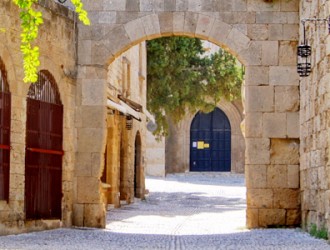
The Old Rhodes Town
The town is protected by UNESCO and the Greek Archeological Ministry as a gift to next generations.
The reason for all this attention it is not only its beauty that attracts millions of visitors every year. It is the unique mixture of influences of yesterday and today, and the fact that is the largest living medieval town in Europe. The following program or checklist of…
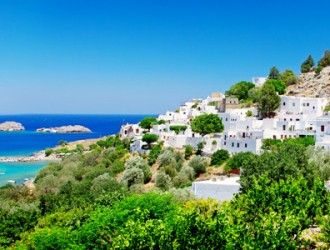
Acropolis Of Lindos
Lindos was founded by the Dorians led by King Tlepolemus of Rhodes who arrived in about the 10th century BC. It was one of six Dorian cities in the area known as the Dorian Hexapolis.
The eastern location of Rhodes made it a natural meeting place between the Greeks and the Phoenicians, and by the 8th century Lindos was a major trading centre. Its importance declined…
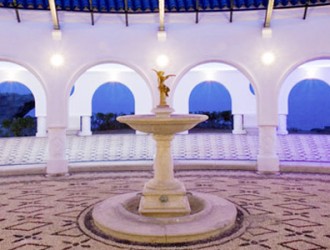
Kalithea Spa
The springs of Kalithea have been known since ancient times. Rising in the eastern and central parts of the island of Rhodes, these legendary spa waters attract thousands of people every Year.
Accompanied by their families, many hope to be cured of aliments by the healing water that spring from the rocks surrounding the bay of Kalithea.
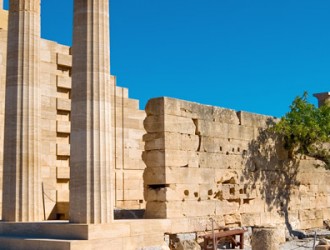
Ancient Stadium
The Rhodes Acropolis dominated the western and highest part of the city. It was not fortified like most ancient acropoleis.
It consisted of a monumental zone with Sanctuaries, large temples, public buildings and underground cult places. The buildings were built on stepped terraces supported by strong retaining walls. It was “full of fields and groves”, in the words of the 2nd c. AD…


